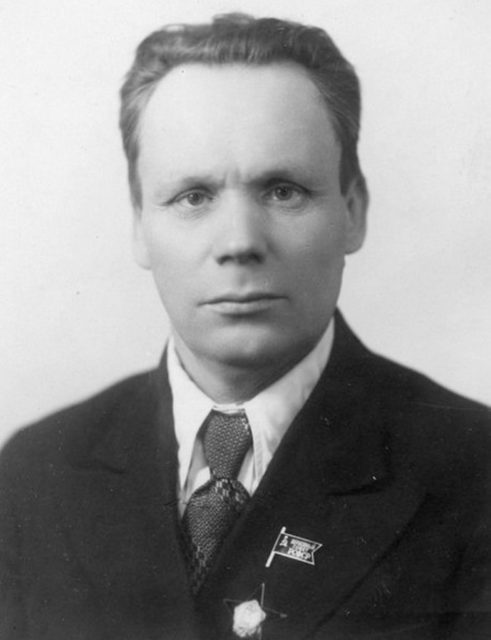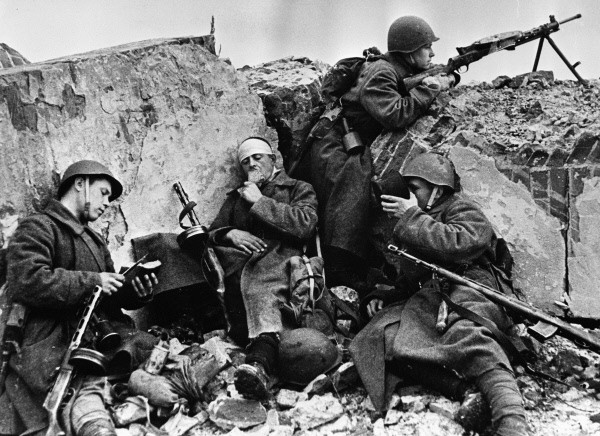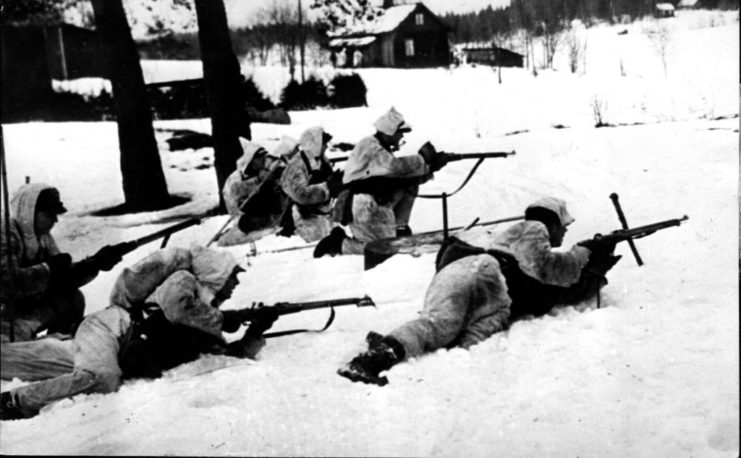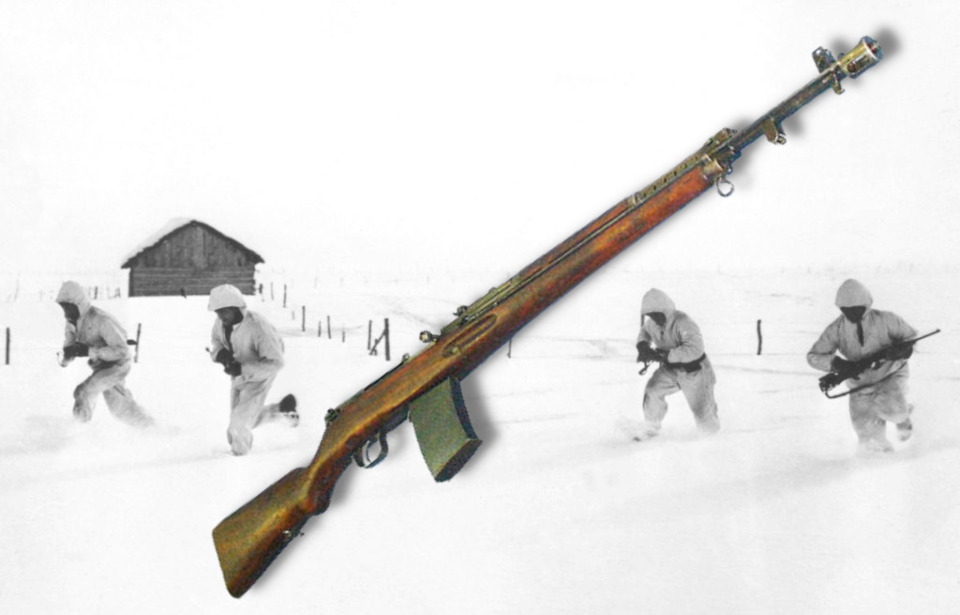While the Soviet Union may have been adept at producing tanks, the same can’t really be said about its handheld weaponry. The interwar period and the Second World War, in particular, saw a number produced, and had featured issues that ultimately led to their abandonment. Among the worst was the AVS-36, which left service almost as soon as it was equipped by infantrymen.
Development of a new infantry rifle

The AVS-36 was designed by Sergei Simonov, who began work on a new gas-operated, self-loading rifle in 1930. A year later, he produced the first prototype, which showed great promise, and a few years later came out with a trial batch that featured a few tweaks to the original design.
In 1935, a competition was held that pitted Simonov’s design against one developed by Fedor Tokarev. The former came out victorious and was designated the Automaticheskaya Vintovka Simonova obraztsa 1936 goda. Despite being adopted in 1936, however, it didn’t make its public debut until the Mayday Parade in Moscow in 1938.
Sources vary as to just how many AVS-36s were manufactured, with estimates placing the amount between 35,000 and 65,500. A small number of sniper versions were produced, featuring a PE 4x variable-power optical scope. The rifle, however, was expensive and complex to produce. This, paired with its issues on the battlefield, led the Soviets to halt manufacturing in 1940.
It was subsequently replaced by the Tokarev SVT-38.
AVS-36 specs

The AVS-36 was a gas-operated, short-stroke rifle with a vertically lifting locking block and two flappers of different sizes. It had a sizeable weight of 9.5 pounds and was 48.5 inches long, half of which was the barrel. The rifle’s 7.62 x 54 mmR cartridges were fed through a 15-round detachable box magazine, and it was equipped with a larger than normal muzzle brake, which aimed to reduce recoil (spoiler: it didn’t).
Capable of semi-automatic and automatic fire, the AVS-36 could shoot 800 rounds per minute, with a muzzle velocity of 840 m/s. It also had an effective firing range of 600 meters, and, unlike similar rifles, ejected spent cartridges from the top, rather than the right side.
Each AVS-36 came with a knife bayonet, which served two purposes. Along with turning the rifle into a hand-to-hand combat weapon, it also doubled as a monopod, thanks to its ability to attach to the barrel not just horizontally, but vertically, as well.
A long list of issues

Issues began to arise not long after the AVS-36 entered service, and it quickly became apparent it wasn’t a rifle suited for action on the frontlines. It was prone to malfunctioning when fired and was almost uncontrollable during fully-automatic firing. On top of that, it was too complicated for soldiers to operate when in battle, something that was only made worse by the constant dirt that somehow found its way within.
There were a number of problems related to the muzzle, magazine and ammunition. The cartridge feed path was long and steep, making it prone to stoppages, and the muzzle, while large, was ineffective at controling the climb and produced a stiff recoil.
Additionally, when the US Ordnance Corps conducted tests with the AVS-36 in the 1950s, they found that the gas-fed system had a tendency to loosen the rear sight over prolonged use, making it a rather inaccurate weapon.
The AVS-36’s short service life

The AVS-36 had a relatively short service life, only being equipped by the Red Army until 1941. It first saw action during the Battle of Khalkhin Gol, known for being the decisive engagement of the Soviet-Japanese Border Wars.
Following this, the rifle saw action in the Winter War, also known as the Soviet invasion of Finland. It was during this time that the AVS-36’s issues truly became apparent. Prior to being delivered to troops on the front, the rifles hadn’t been cleaned of the grease used to keep them operational while in storage. The material subsequently froze in the frigid Finnish winter and rendered the affected AVS-36s useless.
More from us: Gewehr 43: The German Semi-Automatic Rifle Inspired By the Soviet SVT-40
While the majority of the rifles were collected, with the aim being to destroy them, around 300 were collected by the Finns, who equipped them until large stores of SVT-38s were captured. After this, the AVS-36 was largely withdrawn from service.
